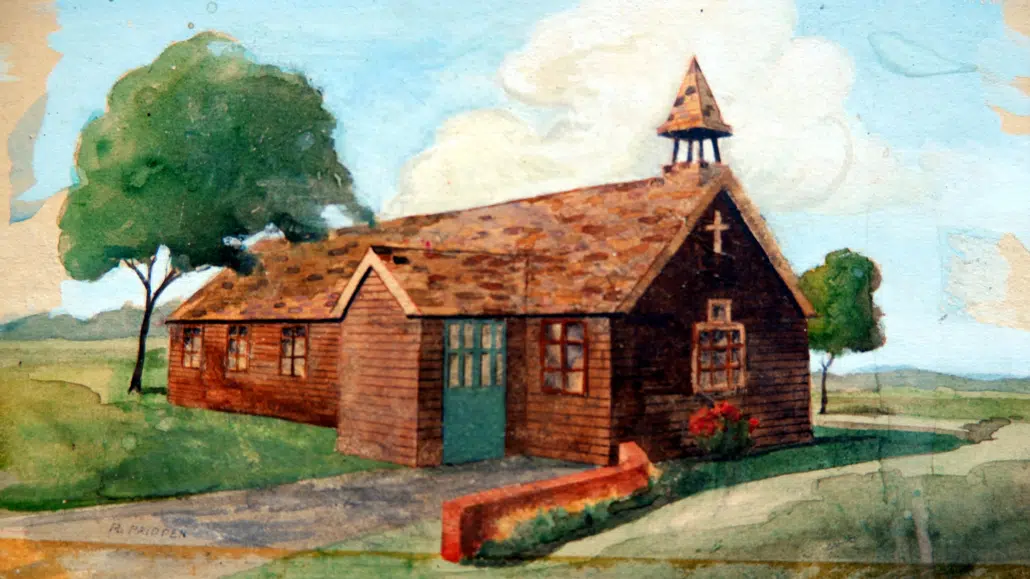
The church grew with Morden
Morden in the late 1920’s was a country village surrounded by fields and leafy lanes with a total population of less than 2,000 people. The Ravensbury Chapel was originally part of the stable block of Ravensbury Manor and was the first church to serve the portion of the parish now covered by St. George’s. This was to change dramatically: in 1926 there was a population explosion due to the extension of the Northern Line to Morden and the building of the St. Helier estate two years later. The existing village churches could not meet the demands.
From Village to Suburb
The St. Helier estate, which was built between 1928 and 1935, increased Morden’s population from 1,900 to over 30,000 in three years. The estate was designed by the London County Council to provide housing for people living in the crowded Inner London areas, and was named after Lady St. Helier, a former Alderman of the London County Council, who fought hard to give poor Londoners improved housing facilities. She died in 1931 before the estate was finished.
St. George’s Church Opened
New churches had to be built and old parish boundaries redefined to cater for this sudden boom – and so the parish of St. Peter’s was created from chunks of Morden, Sutton and Carshalton parishes, including the Ravensbury Chapel. In 1932, St. George’s Church was opened; the first daughter church of the present Parish of Morden. In 1938, the present wooden building was consecrated as a church by the Bishop of Woolwich.
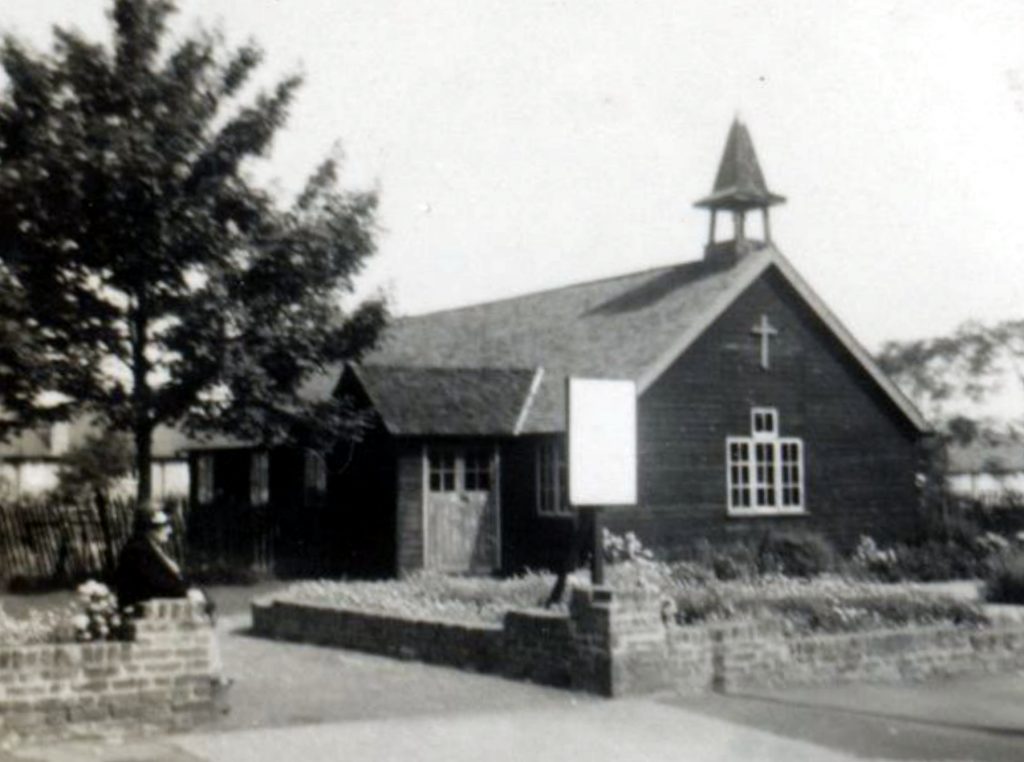
Buildings Developed
Development plans in the post war period eventually led to the complex we know today. The brick building was originally constructed as the hall in 1935. Subsequently, the roles of the two buildings were reversed, with the wooden church becoming the hall and the brick building being used for Sunday services. A completely new structure, comprising entrance lobby, lounge and kitchen, acts as a link building between the two. These buildings were dedicated by the Bishop of Southwark on 22nd June 1976.
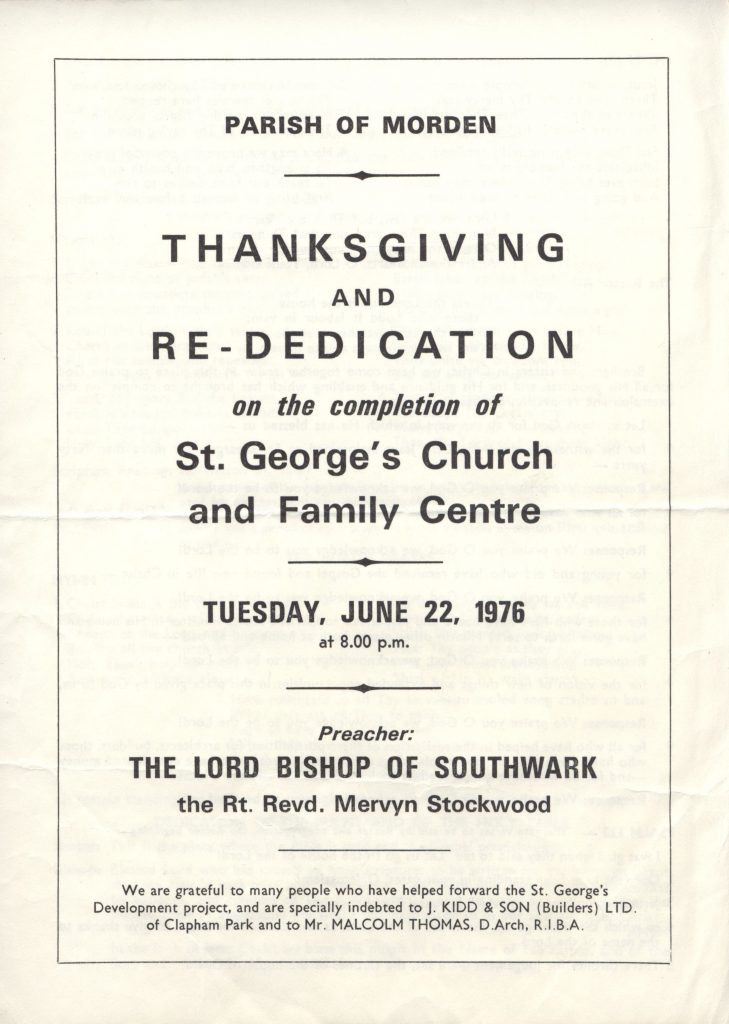
From Curates to Vicars
St George’s was run by the Curates (trainee Vicars) at St Lawrence church for many years but was assigned its own Vicar in the 1980s when the Parish became a team, consisting of St Lawrence, Emmanuel, St Martin’s and St George’s Church. The first Vicar was Bill Muncey (pictured below) and the church has had four incumbents in total to date.
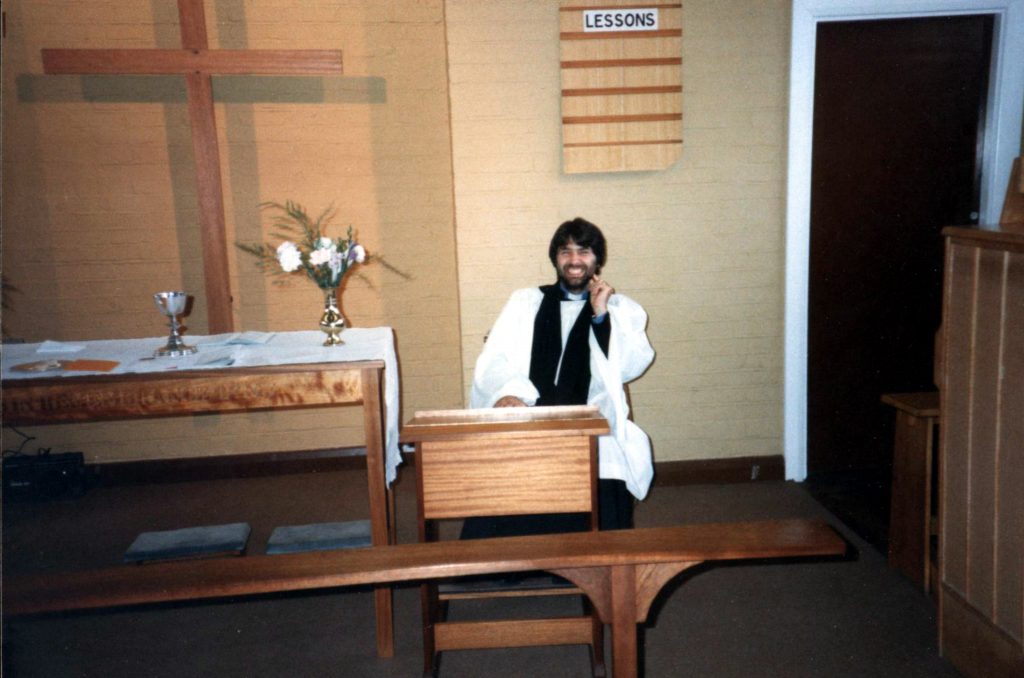
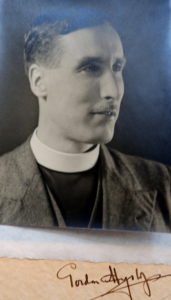
.
The Same Mission
The church has always had a strong focus on serving the local community, outreach and teaching the Bible. This includes the Ark Toddler Group, which has been running for over 30 years.
Memories
Lost and Found
“The day War broke out, I was in St. George’s church! … What triumphs there have been, what disappointments, what diverse memories of house-parties, missions, visitations; of the Billy Graham crusades where some could not find there coach home because there were so many there, and others found Christ! Of my loneliest Christmas ever, peeling and roasting 24lbs of potatoes so that the old people on the estate could have Christmas dinner at 4pm.” Jean Wilson.
Jiving to a Gramophone
“I remember with great affection the kindness of the folk at St. George’s …I think of that lovely group of young people who kept me busy, especially on Saturday evenings, and concerned that their jiving to an old wind-up gramophone should get out of hand.” The Revd. Ken White 1957-1960
A Good Heart and Singed Head
“When grants were being negotiated for the redevelopment of St. George’s, a diocesan official said of the church ‘it has a small heart but a good one’. And that remark sums up our recollections of our years in Morden.
At that time we worshiped in the wooden hut. It was hot in summer and very cold in winter (except for the top of your head which got singed by the overhead heaters!)”
Enjoyable, not a killer
“When I first had been asked to serve with the saints at St. George’s, I was informed by a certain resident that the task was a ‘killer’ – I am still trying to discover why!
I found myself amongst… many folk of considerable Christian stature who were daily proving the sufficiency of God’s grace both in their own personal lives and in the life of the church generally. I found, too, people enjoying their faith.” The Revd. Nicholas Wall 1977-1978
